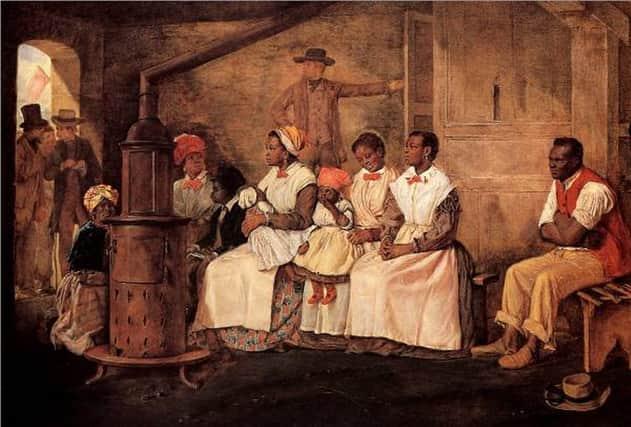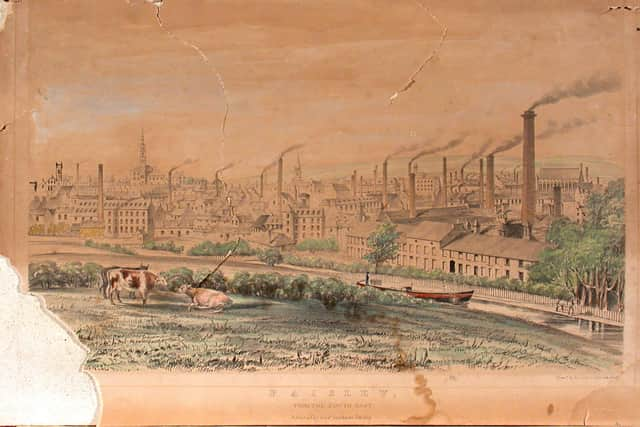The extraordinary story of 'Black Peter' who escaped slavery by fleeing to Scotland


The fascinating story of Peter Burnet has been unravelled by Samuel Wilson, of Historic Environment Scotland, in research carried out to coincide with Black History Month.
Peter was just 16 when he sailed to Scotland under the wing of a wealthy Glasgow merchant who ran a number of businesses in New York, Mr Wilson said.
Advertisement
Hide AdAdvertisement
Hide AdThe teenager reached the city after escaping Virginia on a sailboat with a number of older slaves, around 1776.


Mr Wilson said: “As his mother was not an enslaved person, Peter was considered freeborn, though as a Black person in America in the 1700s, his rights were still limited to education, certain professions and more.
"Peter’s grandparents are also said to have become free, although it is not clear how or when. Nonethelesss, Peter’s early life was inextricably linked to the institution of slavery, and Peter soon became keen to leave Virginia.”
The escape vessel was intercepted by a British privateer ship, where he was then employed as a cabin boy when aged only 11 or 12.
Warned that he would soon be sold into slavery on a plantation in the West Indies that was owned by the brother of the captain, he ran away from the ship when it reached New York.
He found work in the service of Glaswegian businessman William Torrance , an “excellent, kind and obliging” man but one who struggled with alcoholism. Peter cared for him closely.
Torrance died shorly after they sailed for Scotland – and Peter found himself in a new country alone.
After meeting another Black migrant, who worked as a millwright for George Tannahill in Kilmarnock, it was suggested Peter take up a career in weaving and he began an apprenticeship in Paisley in 1780 with another member of the Tannahill family, James.
Advertisement
Hide AdAdvertisement
Hide AdMr Wilson said: “There’s little doubt that a Black American, unfamiliar and striking in appearance, caused a stir in the Renfrewshire town.”
“Black Peter” soon became a successful and popular figure in Paisley and, after setting up his own business, enjoyed a life filled with fashion, socialising and dancing.
As weaving stagnated, Peter went to work as a “livery servant” in Edinburgh around 1790 where a raft of new friends included songwriter and poet Robert Tannahill, the son of James.
But the friendship came to a tragic end when Robert suffered a nervous breakdown and was found dead in Maxwellton Burn in Paisley in May 1810.
It was Peter who dived into the water to recover the body.
After a spell in prison due to financial hardship, Peter went on to marry three times and became a father of four, dying in 1847 around the age of 83.
Despite the hardships and the losses, his life was not one of complete sorrow, Mr Wilson said.
He added: “For a Black migrant to arrive penniless in Paisley in the late 1700s to establish himself as a prominent businessman, enjoy the lifestyle he did and become a respected elder of his community was nothing short of remarkable.”